Text & Photos: Bhargav TS
Lighting systems in the automobiles play a vital role in enhancing the aesthetics of the overall vehicle apart from providing adequate road safety. In an automotive, lights are involved in front (headlight), rear (tail light) and blinkers. To manufacture these lights very few companies involved in India. Haryana-based Fiem Industries that make wide range of headlamps, taillamps and blinkers to its range of customers, is looking at offering the OEMs with new solutions that will save energy and enhance life. To understand the process behind the making of this important component of each vehicle, we took a short journey in the company’s Sonepat plant to get enlightened on the manufacturing process.
In India, Fiem Industries has 9 manufacturing facilities that makes headlamps, tail lamps, blinker lamps, inside and outside rearview mirrors, and plastic parts like cowl, pulley cover, belt guard and mud flaps. Also, it makes sheet metal components lighting and signaling equipment. It caters to two-wheelers, four-wheelers, tractors, commercial vehicles and the aftermarket. The Sonepat facility has a capacity to manufacture 78,000 automotive lamps per day. Each headlamp consists of 2 parts, lens and reflector. The company manufactures the entire system including wiring harness and only bulbs are outsourced.
Moulding
To manufacture the lens, selection of raw material and process play a vital role. Here the company uses polycarbonate (PC) for lenses as it increases the surface requirement on the visible elements and allows direct reproduction of complicated parts by injection moulding and can be used immediately without secondary processing. The raw materials are fed as granules into the injection moulding machine that consists of dies and moulds with different profiles. Once the moulding is done the operator inspects the moulded part and send the same to the process chamber.
The another key element of the headlamp is the reflector. These reflectors are subjected to extremely high temperatures; therefore Fiem uses injection moulded PC material. Thermosets are less expensive when compared with other material and so preferred for larger reflectors. These polycarbonate plastics are moulded according to the design and taken for secondary operations where excess material is removed. Later, these reflectors undergo the metallising process.
Process
Metallising is the process of depositing a thin metallic film on the surface of the reflector base under high vacuum conditions. The key aspect of metallising is that the process is eco-friendly and less expensive than electroplating. Tungsten wire coils of different shapes and sizes are used and metals like aluminium and silver are used to deposit a thin metallic film on the base material so that it looks like a mirror. In a closed room a set of robots spray a special coating on the lens for longer life. Latter the lenses and reflectors are sent for final assembly.
Wiring Harness
To connect the bulbs with the main lines in the vehicle different kinds of wires are used. These wires are normally outsourced, but keeping quality in mind, Fiem has a dedicated line to make different kinds of wire that are widely used to connect the lights and the main lines. Once the wires are made and cut to the desired shape and length, a random wire is inspected in a special camera, where it shows how the coils are placed inside the wire. This inspection is made so as to avoid short circuits, which in turn affects the bulbs’ performance.
Assembly
After manufacturing lens and reflector it is shifted to the assembly lines. In the assembly line, the reflector are first placed over the fixtures and fitted with necessary bolts and nuts. Then it passed to the next station for reflector assembly. Here, a robot applies the glue on the grooves of the body; after inspection the lens is fixed to the body to complete the operation. Then the unit is sent for leak test to ensure there is no air gap in the entire housing. After passing the leak test, the bulbs, sourced from various manufacturers like Philips and Osram, are fitted into the housing. It is then moved to the test bench to assess the performance. This test is carried out on all the headlamps manufactured by Fiem before it gets dispatched to customers.
Despatch
After testing the headlamps, manual inspection is carried out at the end of the assembly line to look for any physical damage. Then the lamps are packed into bins and sent to vehicle manufacturers. The same process is carried out for the RCL and blinkers. Currently, Fiem supplies headlamps and RCLs to Honda Motorcycles and Scooters India (HMSI), Hero MotoCorp, Yamaha India, TVS Motors, Ashok Leyland-Nissan, DICV, Eicher, Force Motors, GM India, JCB, Maruti Suzuki, Mahindra, Suzuki, Tata Motors and Volkswagen. Exports are to Kubota, Sparex, Honda, Piaggio, Zadi, Suzuki and TVS Anda Inspirasinya.
LED manufacturing
Currently it is supplying license plate LED lamps to Honda Cars and trunk lamps to Hyundai Motor India. The company offers warning triangles to almost all the OEMs, supplies LED displays to Tata Marcopolo. The company has also constructed a dedicated facility for manufacturing LEDs adjacent to the Sonepat facility. With this new facility, Fiem Industries stands unique in the league by manufacturing LED lights in-house with the chip alone sourced from outside vendor. There are players in the market who source both LED chip and printed circuit boards (PCB) assembly and the assembling alone is in-housed. There are lot of hiccups in sourcing PCB assembly from vendors as it is very much sensitive. If the PCB is exposed to atmosphere, moisture and carbon particles get stagnated on the surface which dysfunctions LED in a longer run. The durability of the light will be reduced drastically with this effect. Fiem hence manufactures everything in-house except the chip sourcing.
Manufacturing process of LED is broadly classified into 2 categories – lighting and body parts. All lighting activities are manufactured and taken care in-house but, in the body parts only injection process is done. Painting is another important activity which was initially outsourced but of late the OEMs have standardised that the painting process should be engineered within the respective OEMs. Initially, Fiem was supporting painting for their LED assembly but the hidden costs are drastically high and the company sensed the same and they have stopped now as this painting does not and will not fetch the outcome intended.
Before 6 years, LED lights were very expensive as the business is not volume or mass oriented. Nowadays insights on LED light is obvious and the advantages of LED usage are prioritised. Now the company is very much focused in the 2-wheeler segment as 4-wheeler segment is already swallowed by lot of players. Moreover LED assembly for 2-wheeler segment is little challenging against the 4-wheeler as the assembly has to occupy less volume and less space. LED absorbs lot of heat where heat management is challenging when the industry goes for small LEDs. LEDs save much energy and this could be proven with the fact that the halogen lamp consumes high voltage which is quantised to 35 watt whereas the LEDs consumes energy of 13 watt.
The company supports the market with 2 categories of LED assembly; one with the controller inbuilt in the assembly and the cost factor is proportional to durability.The other one is the LED assembly where the controller will be centralised and the cost and durability would be less as the controller is centralised and shared. The latter LED assembly is supplied to one of its clients TVS Motors. The company is also optimistic that by 2017, 100% motorcycle segment will be LED driven. LED lights’ mass production has been commenced to adhere this proposal. In 4-wheeler segment Fiem supply small parts to Honda, Hyundai, Toyota and Maruti. For the light manufacturer, the 4-wheeler business as of now is passive, but it will soon be active as it intends to foray these companies with small business initially and later with the help of its proven performance the company hopes to bag big orders for its LED business.
The company has recorded a turnover of of Rs 917 crore and it expects a minimum 30% hike this year and by 2020 they are planning cross Rs 2000 crore. The contribution from auto segment as of now is 10-15% and the light maker anticipates it would rise to a considerable figure by 2020 with lot of new entries.


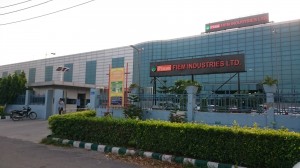
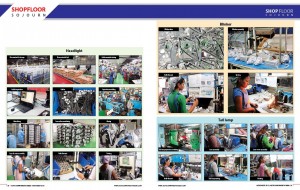
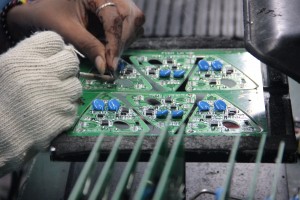



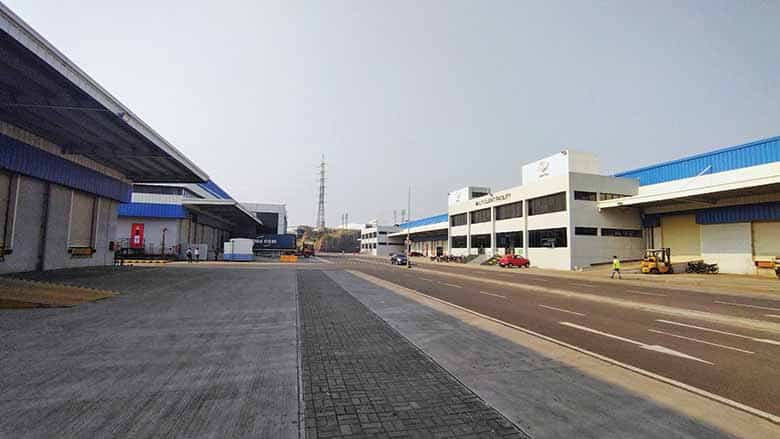



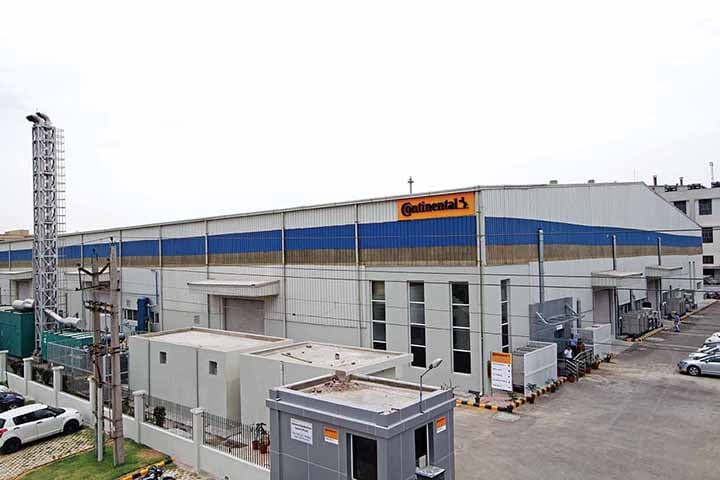



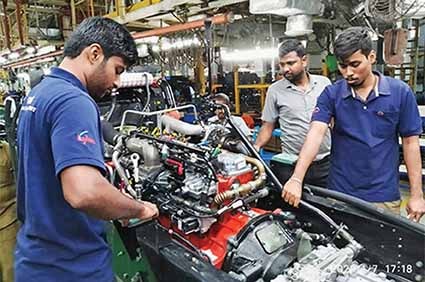
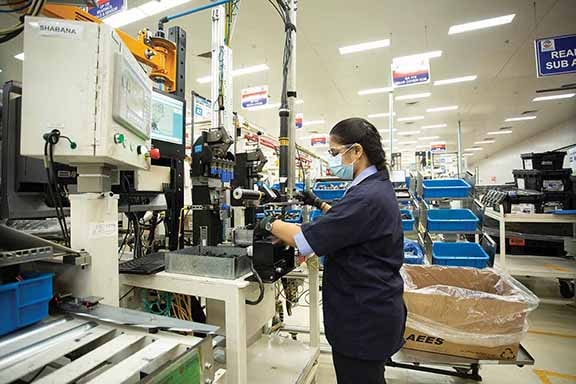

Leave a Reply